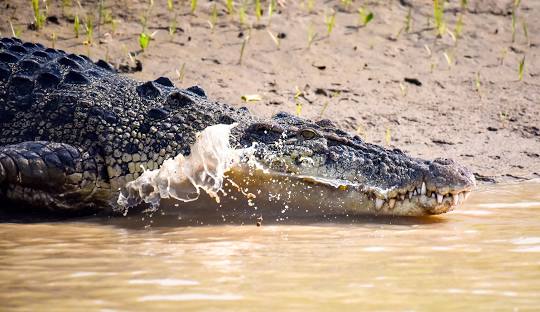
- Jan 25 2016
- Admin
- 12
- 3332
- Travel
Bhitarkanika
Mangroves are salt-tolerant, complex, and dynamic plants that occur in tropical and subtropical intertidal regions. They are adapted to the rising and lowering of tides throughout the day, with roots designed like “stilts”, enabling the plant and its leaves to photosynthesis adequately without being submerged. They have also evolved to tolerate fluctuating salinity levels throughout the day’s tides. The tall, supportive roots create baluarte hiding spots under the water for fish and small aquatic animals, and often act as fish “nurseries” for young fry to seek refuge in. Bhitarkanika is one such location of rich, vibrant mangrove ecosystem, lying in the estuarine region of Brahmani - Baitarani in the North-Eastern corner of Kendrapara district of Odisha. The area is intersected by a network of creeks with the Bay of Bengal on the East. The alley between the meandering creeks and rivers houses the second-largest mangrove ecosystem in India.
An area of 145 km² has been notified as Bhitarkanika National Park vide Notification No.19686/F in September 1998 by the government of Odisha. It has much significance for researchers surrounding ecological, geomorphological, and biological issues. The landscape contains varied environments, including mangrove swamps, rivers, creeks, estuaries, marshes, inland floodplains, forested beaches, and mudflats.
Bhitarkanika Wildlife Sanctuary was declared vide notification No.6958/FF AH on 22 April 1975 over an area of 672 km². The Sanctuary comprises vast mangrove forests, meandering rivers and creeks leading to tidal deltas - all of which provide valuable refuge to the vulnerable saltwater crocodile. The prominent floral species include Mangrove species, casuarinas, and reed grasses like the indigo bush and Arundo donax.

